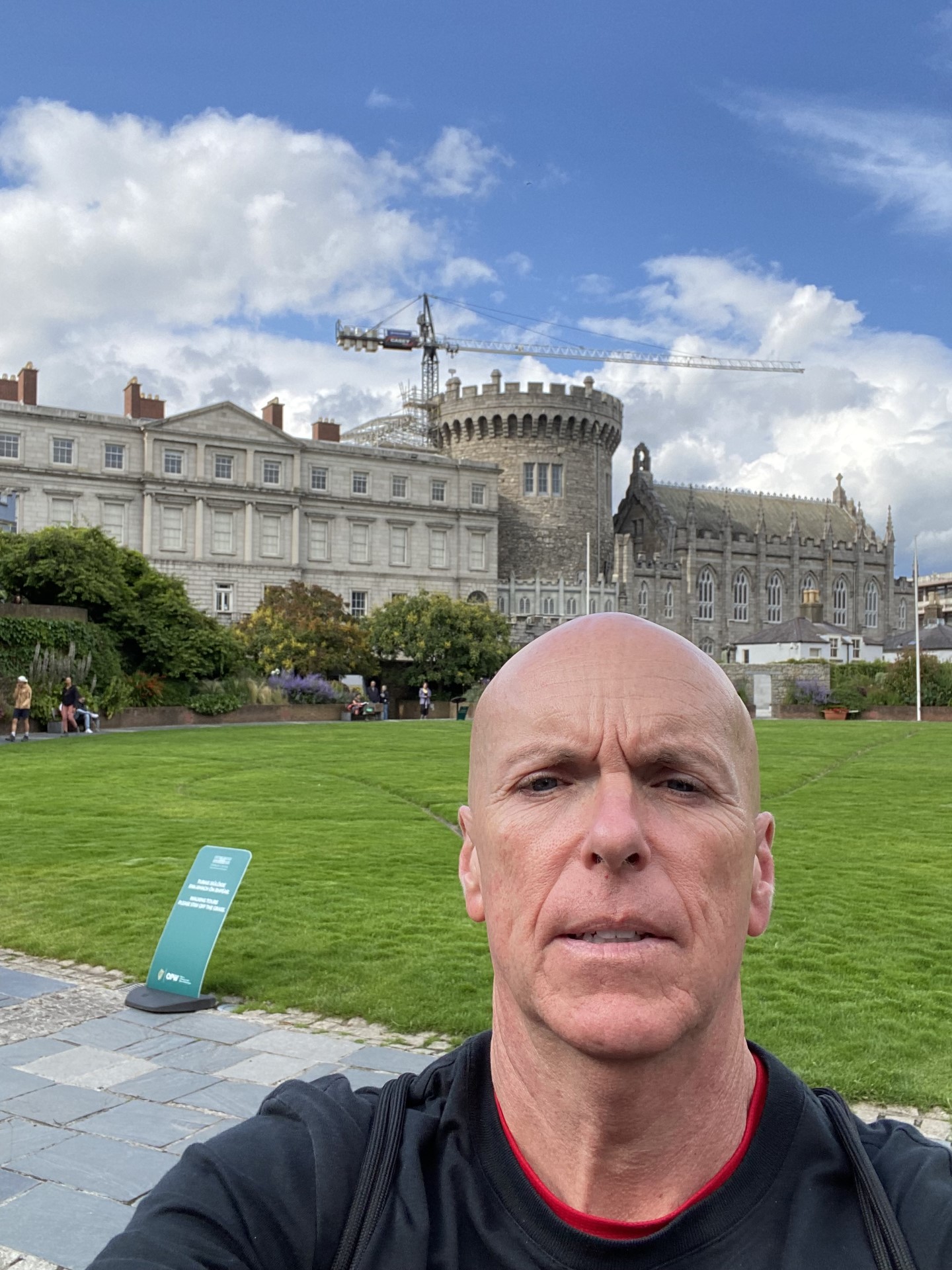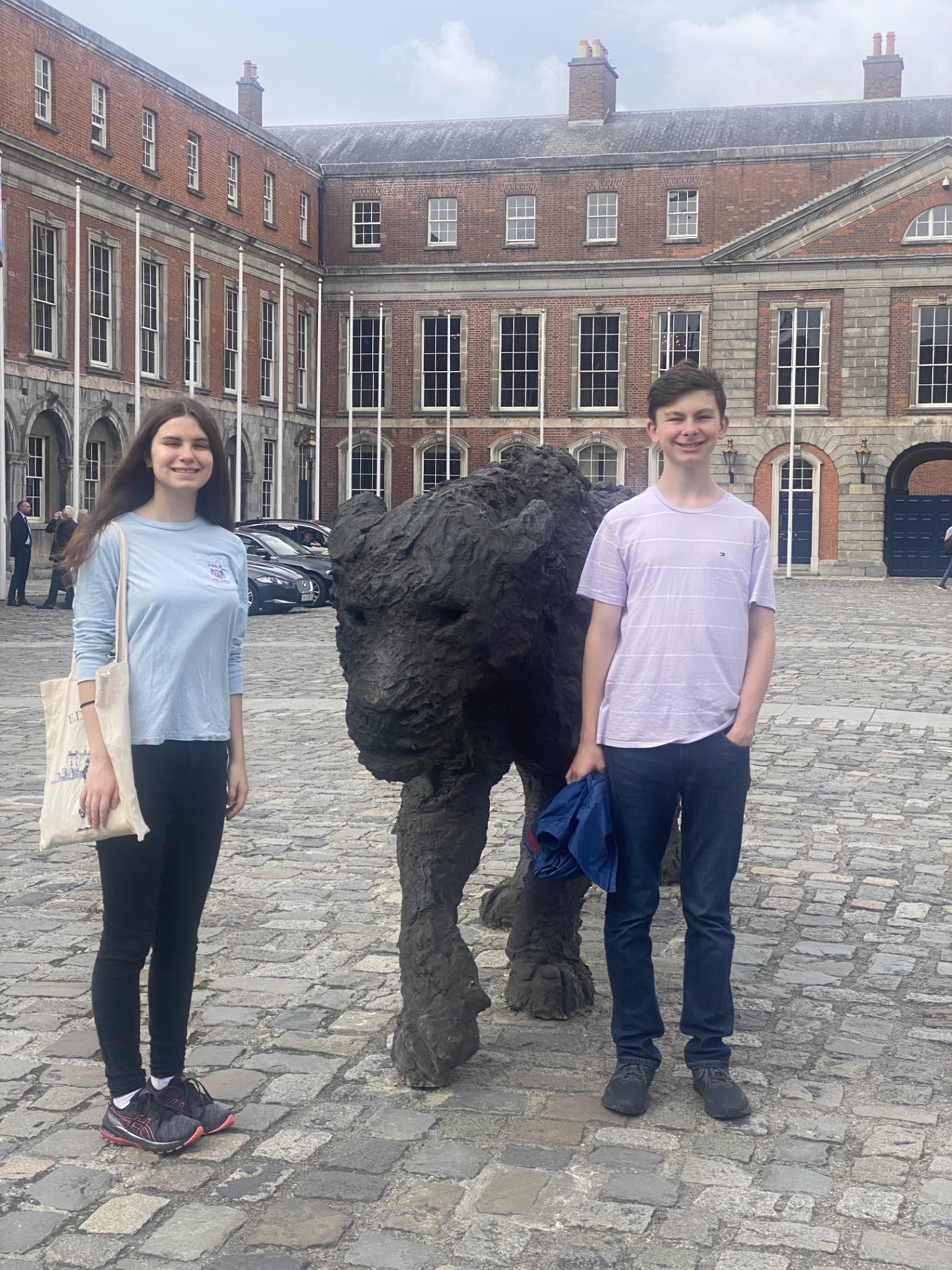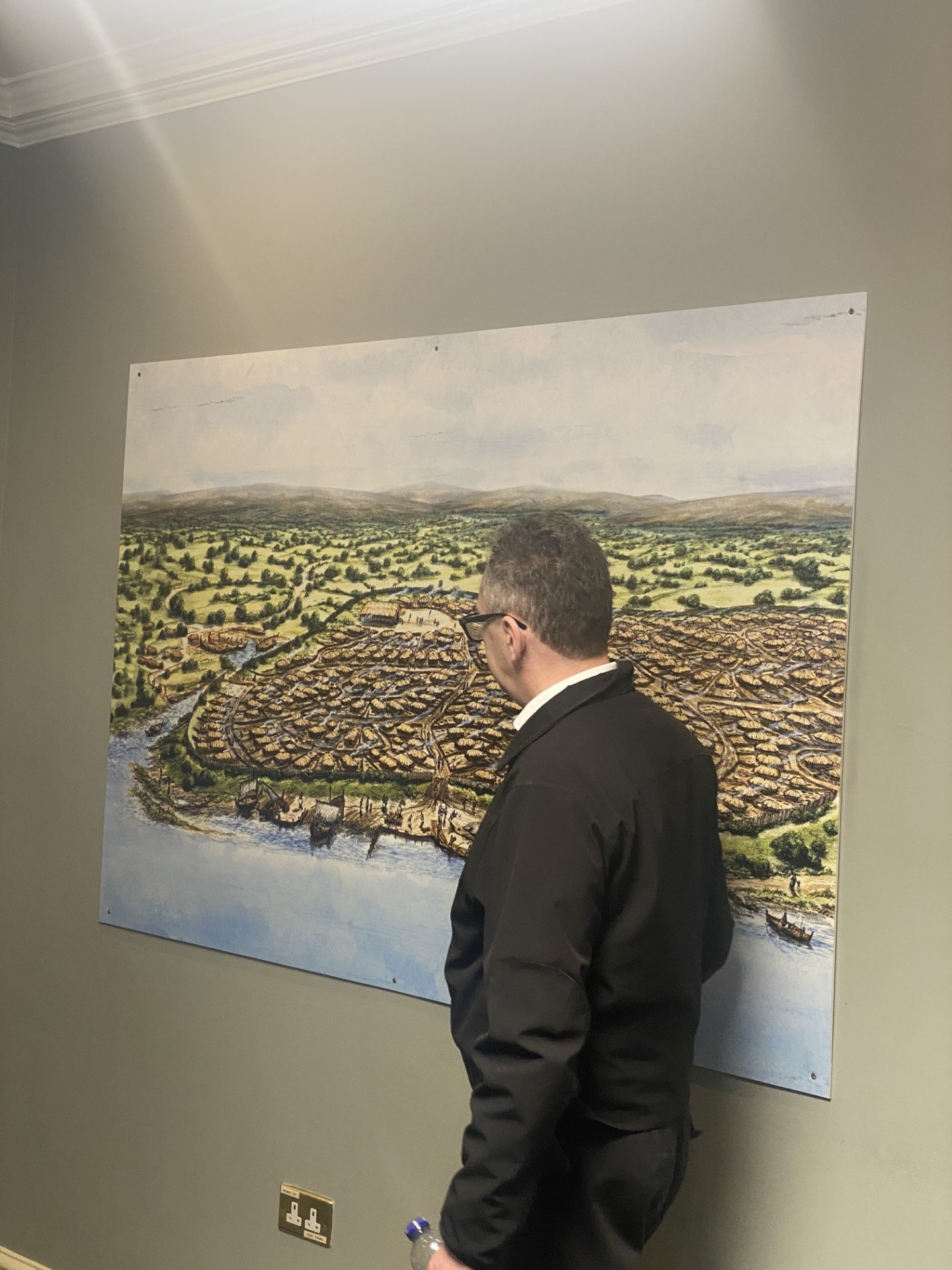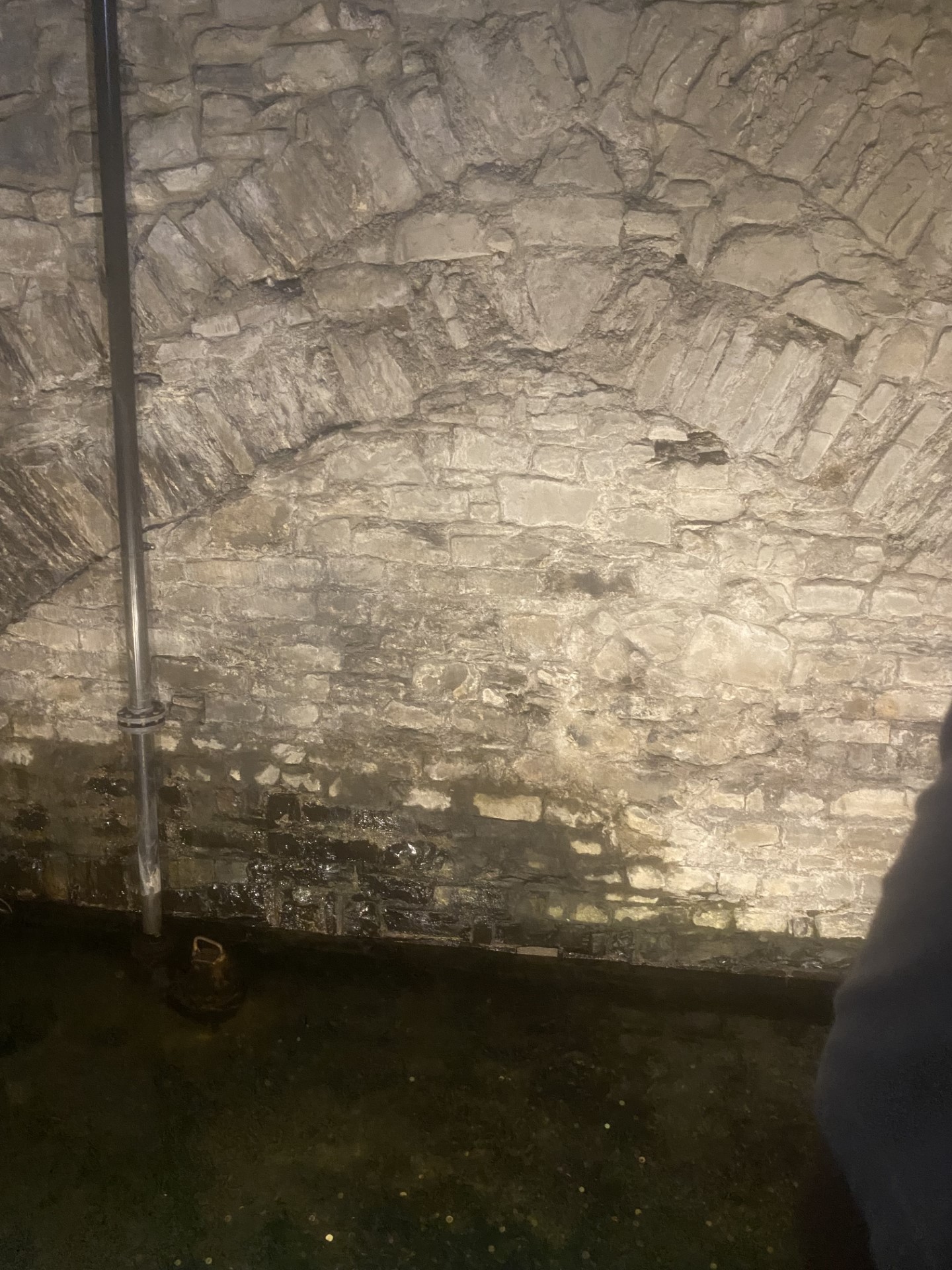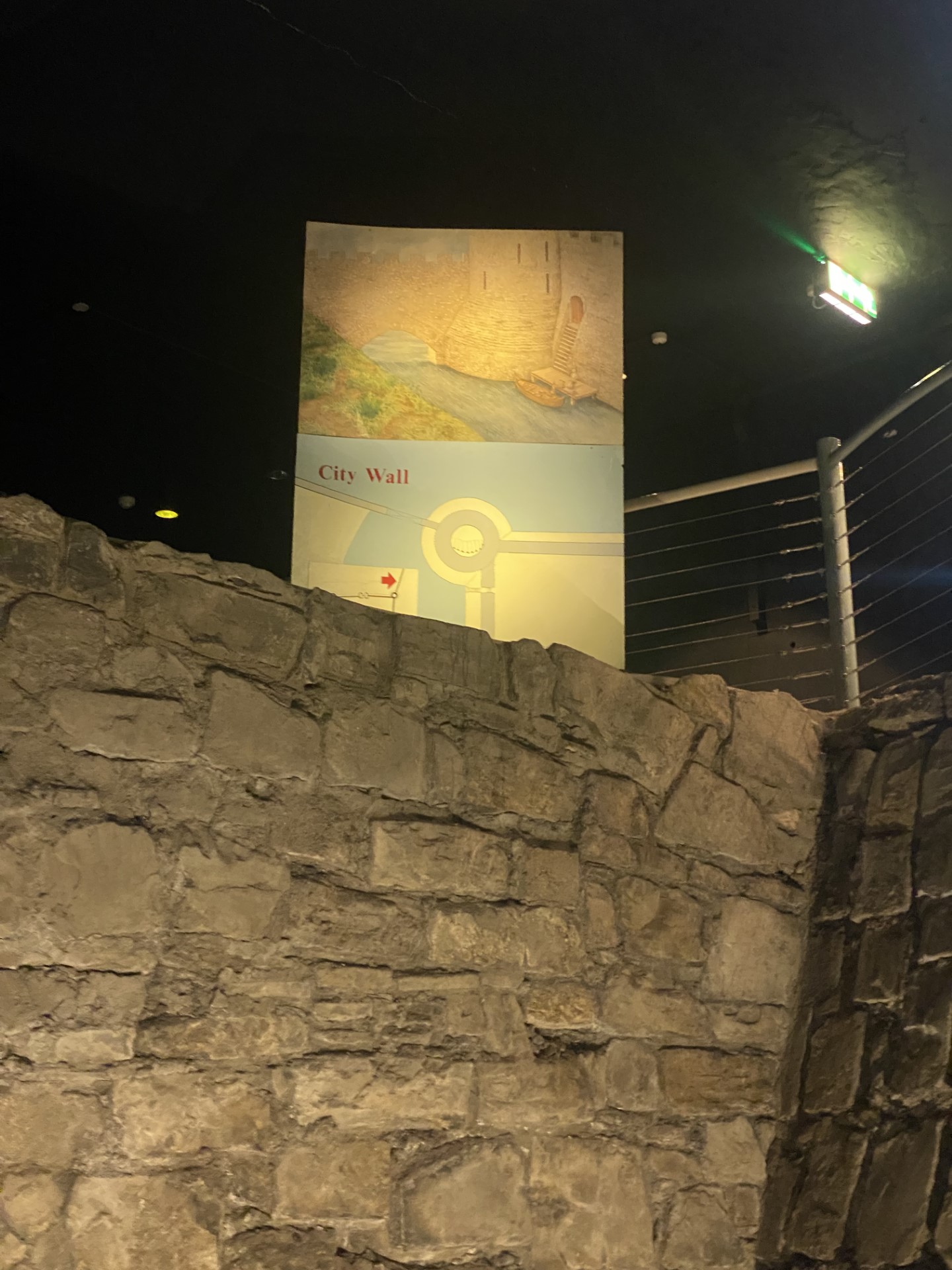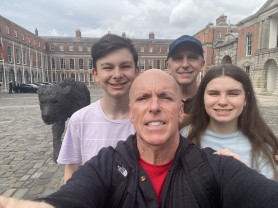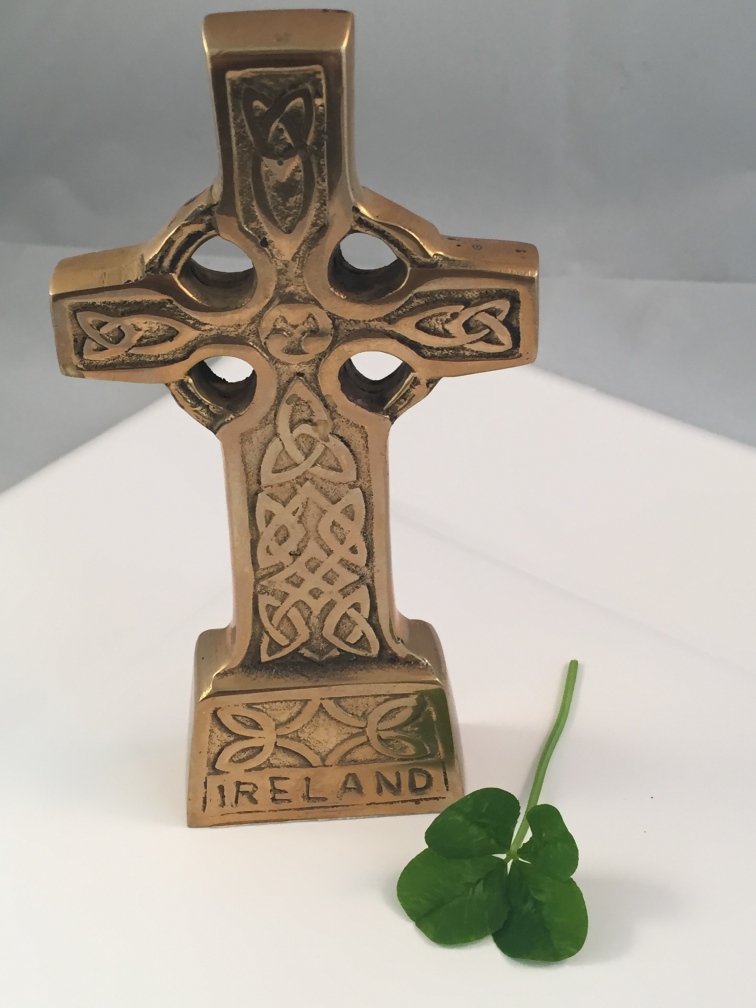Dublin Attractions – Part 1
During our Ireland summer 2023 adventure, we would stay put in Dublin almost every other day. The traveling days were exhausting, so we all needed rest. Quite a few museums in Dublin are 100% free to tour, but they do ask for donations. The National Museum of Ireland-Natural History was a variable “step back into time” experience. The building is 2020’s updated, but it has not changed much in over 100 years. This section of this blog entry is dedicated to the extinct Giant Irish Deer / Irish Elk. The skeletons of these Ice Age mammals adorn many castles and museums throughout Ireland. All four of us were mesmerized by their skeletons. Check out Ireland’s plankton eating shark, the Basking Shark too.


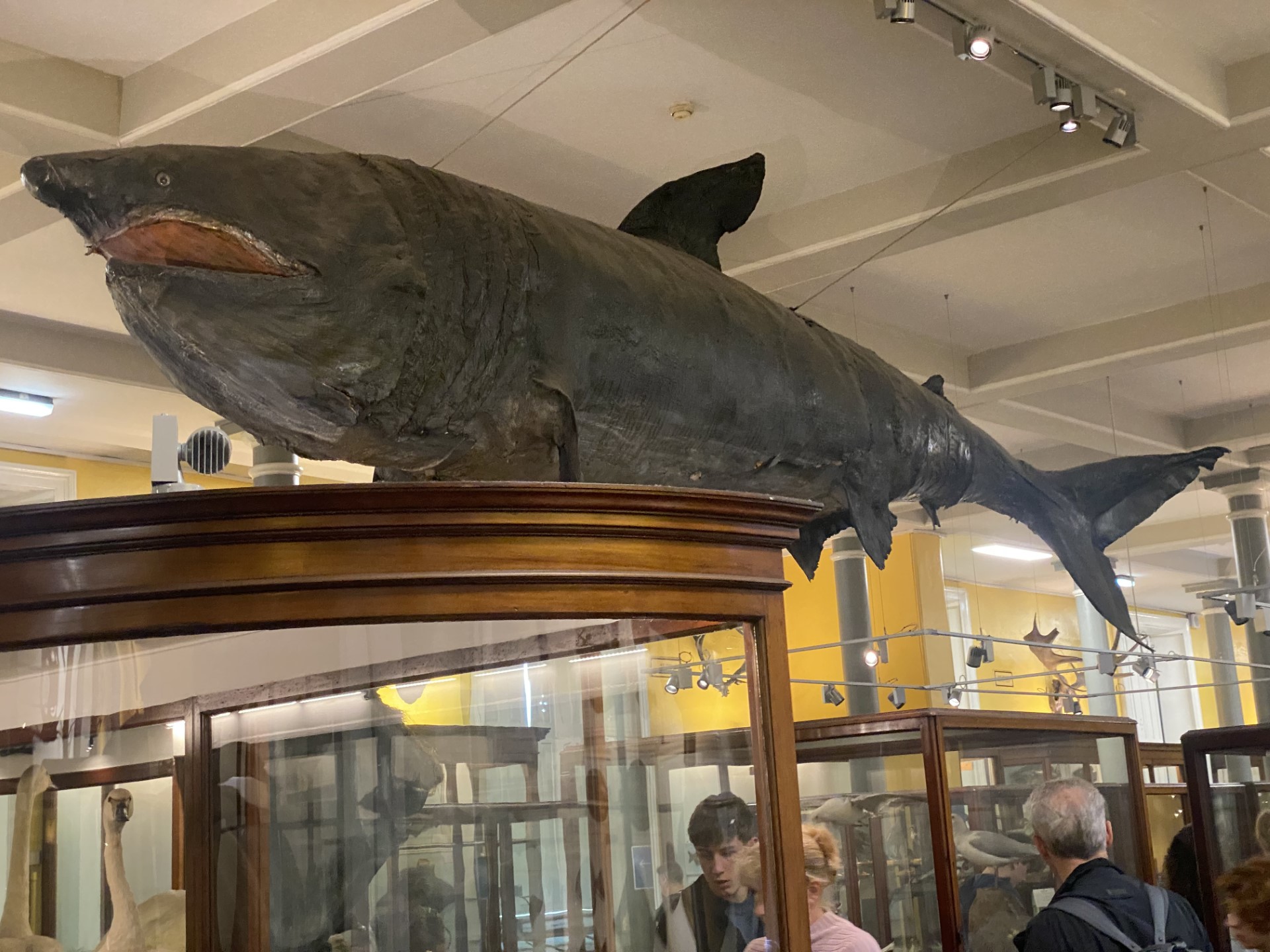
A tour of Dublin Castle, however, is not free. The name “Dublin Castle” sounds a bit deceiving, right? Or, to Haven, Dublin Castle’s one, Medieval-style tower lends the idea of the Middle Ages. However, 95 % of the castle is Georgian in architecture. Dublin’s original, medieval castle is underground. When the majority of the Norman Castle burned in 1684, only one Medieval tower remained and city architects decided the complex would be rebuilt in “modern architecture” what was then, of course, Georgian – the British time period of the 4 King Georges of Great Britain 1714-1837. Some of you know that I am a language nerd, sooooooo ….. Dublin is Old-Irish Gaelic “Dubh Linn”. It means Black Pool. Unbeknownst to the general public, there is a river under Dublin Castle and the streets as well. The river is the River Poddle. Through hundreds of years, the river was rerouted around and under Dublin structures as it flows to the River Liffey. When the Middle Ages people created a fortress on the spot of today’s Dublin Castle the River Liffey and River Poddle were almost converging on that spot. Standing on concrete surrounded by 20th & 21st Century buildings you have NO IDEA about these things. Dublin Castle is so proud of an exhibition from Rome, Italy, so we snapped a few shots. Italy’s Davide Rivalta’s bronze lioness roams in the upper courtyard of Dublin Castle. The piece is part of an exhibition, called Grazing in Lucan, & is a collaboration between Rome’s National Gallery of Modern and Contemporary Art and Dublin Castle.
Our Dublin Castle guide is showing us how the fortress appeared some 800 years ago. Once again, no one can see Dublin Castle’s Medieval section unless they take the underground tour.

